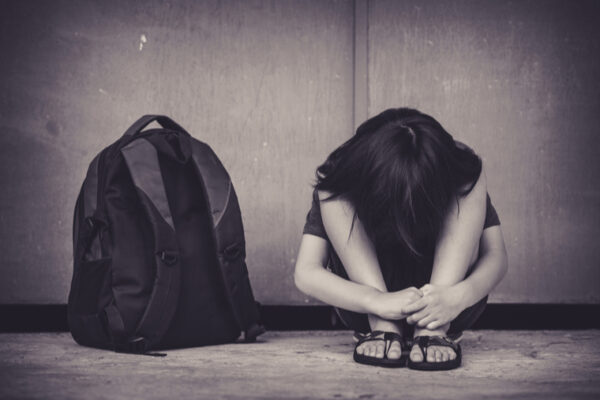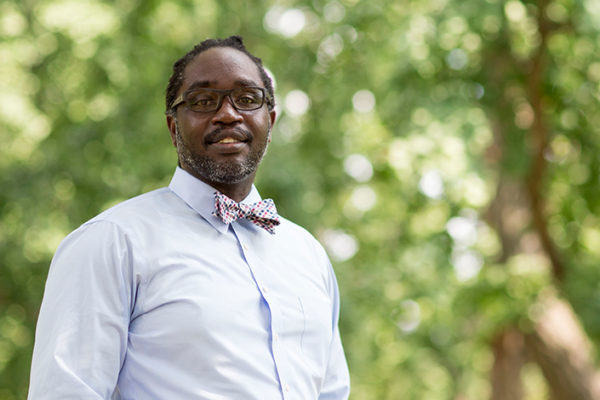In the United States, almost 50,000 people die every year from suicide. While participating in a June 13 briefing on Capitol Hill in Washington, D.C., a Washington University in St. Louis expert testified that — amid the need nationally to stem violence in schools and elsewhere — suicide remains preventable.
And prevention methods go beyond behavioral means, testified Sean Joe, the Benjamin E. Youngdahl Professor of Social Development at the Brown School.
“Gun suicides are higher in states with the least restrictions with access to lethal means,” he told the panel. “What we’re talking about, if you’re in the Mountain states, part of the Southern states and in the Midwest states, your rates of suicide are higher than in states … with limited access to lethal means. Lethal means [are key]. When you engage in suicidal behavior, if you use a firearm, you are 95% more likely to die” compared to non-firearm attempts at suicide.
The congressional briefing, “The Impact of Weapons and Violence on School and Surrounding Communities,” aimed to address current scientific data surrounding the pressing need to reduce violence in schools and communities. The American Educational Research Association, the American Academy of Social and Work and Social Welfare, the National Academy of Education, and the Clark-Fox Policy Institute sponsored the briefing.

Joe is a national expert and leading authority on suicide among black Americans, specifically black adolescent males.
“On average, every 11 minutes someone kills themselves in the United States,” Joe told the panel. “I remember when we averaged around 30,000 suicides 20 years ago. In addition to those almost 50,000 [suicides] every year … every year … we see over 1.5 million attempted suicides. Sixty percent of violent incidents involving a firearm are suicides.
“To put this into its right context, what often happens when you focus on interpersonal violence is that you stimulate the public fear, and public fear is often the model that often legislation usually is driven by. Rather than the fear that we’re losing loved ones: families, fathers, uncles, daughters and children under the age of 12.”
Suicide accounts for one of every five deaths of young people in the United States and is the third-leading cause of death among those 15 to 24, he said. Too often, people such as teachers, professionals, colleagues and others surrounding young people default to “dehumanizing” tendencies.
“It’s up to those adults to be able to recognize the humanity in our young people, and it’s often ignored,” Joe said. “The implicit bias comes because people don’t see the young people that they’re working with as even being worthy of their time, although it’s their job.”
He made four recommendations for addressing the problem:
- We need to eliminate the ban or any restriction on the ability of the Centers for Disease Control and Prevention to conduct research on and monitor suicide violence in this country, in particular firearm-related violence.
- We should fully fund a national violent-death reporting system. This would give us comprehensive information about how people die by violent injury, “not just guns.”
- We need suicide prevention training for mental health professionals. “Most professionals get no training around suicide,” he said.
- And we need to create safe storage capacity for guns or other lethal means in the communities of people while they are in crisis.
“These are common-sense things we can do,” Joe said.


